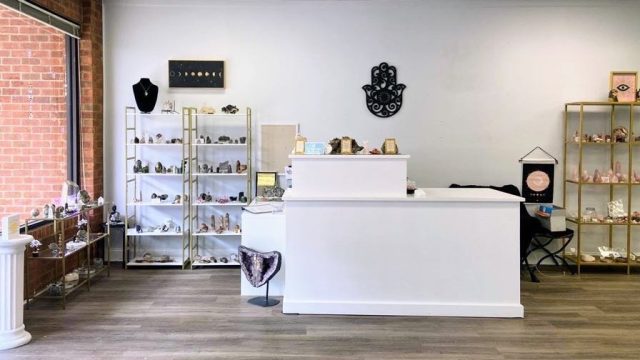Mary M. Bethune High School
Description
Mary Bethune High School has a long and rich history. The Banister Baptist Association built a private African American training school in 1827, originally consisting of four wooden buildings and a dormitory. The school met only six months of the year and went through ninth grade. Because of transportation difficulties in a county as large as Halifax, the school was primarily a boarding school. Board cost $200 a year, which was prohibitive for most Blacks at the time.
In 1920 the four original buildings were torn down and a new building was erected to house African American high school students; the school was newly called Halifax Training School. Later it was upgraded and renamed the Mary M. Bethune High School. By 1950 it was the state’s largest rural high school for Blacks. While the school had no running water in science labs, little money for equipment and supplies, and no means of transportation, a national magazine reported that 27 of the 64 seniors went on to college, far above the national average of 20 percent at that time.
In 1956, to meet “separate but equal” standards and stave off integration in the face of court decisions, the county erected the present
building, officially named the Mary M. Bethune High School of Halifax County. Despite the county’s efforts otherwise, the school became the hub of the local integration movement in 1969. After integration in 1970, Mary M. Bethune became a junior high school. All county high school students — Black and white — began attending Halifax Senior High School.
The original Mary M. Bethune High School building was later renovated and renamed the Mary M. Bethune Government Office Complex. Today, the complex provides services for the community and houses the school system administration.
Mary Bethune High School is part of the Halifax County African American Heritage Trail, as well as the Civil Rights in Education Heritage Trail.













